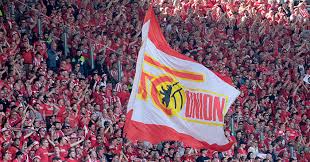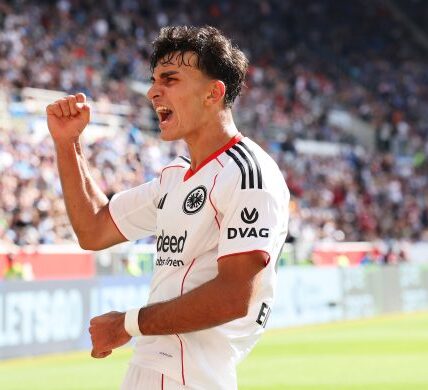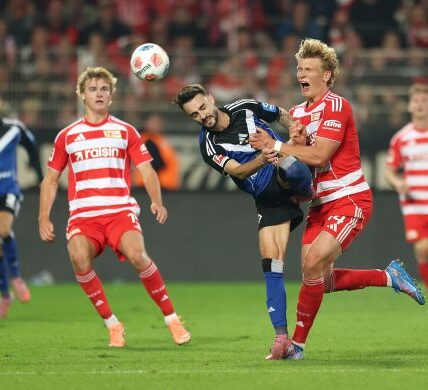Union Berlin’s plans to expand the Stadion An der Alten Försterei to 40,500 seats have hit a roadblock after the Berlin Senate rejected the proposal due to concerns over the club’s traffic and transport concept.
Union Berlin’s plans to expand the Stadion An der Alten Försterei to 40,500 seats have hit a roadblock after the Berlin Senate rejected the proposal due to concerns over the club’s traffic and transport concept. The club had envisioned a significant upgrade to its home ground, nearly doubling its current capacity of 22,000 spectators. However, the Senate’s decision has forced Union Berlin to scale back its ambitions.
Revised Expansion Plans
– The revised plan reduces the stadium’s capacity to around 34,000 seats, a significant decrease from the original target.
– The new design will feature fewer standing terraces and more seating areas, allowing the club to generate higher revenues through increased ticket prices.
– Despite the reduction in capacity, the project is still expected to be completed by 2027, with Union Berlin potentially playing home games at the Olympiastadion during the 2026/27 season ¹ ².
Financial Implications
– Union Berlin had allocated over €100 million for the expansion of its entire infrastructure, including the stadium.
– The club plans to raise funds through a new edition of the Alte Försterei share campaign, allowing members to purchase shares at €500 each.
– The share campaign could potentially earn the club up to €60 million, which will be used to support the stadium’s development and strengthen the bond between the club and its fans ² ³.
Challenges and Opportunities
– The stadium expansion plans highlight the challenges football clubs face in densely populated urban areas, where infrastructure, transport, and community concerns can significantly influence feasibility.
– Despite the setbacks, Union Berlin’s president, Dirk Zingler, remains optimistic about the project’s potential to double the club’s revenue and provide a unique atmosphere for fans.
– The revised plan will still feature a unique design inspired by the club’s roots in the nearby industrial district of Oberschöneweide, with yellow clinker brick facades ² ¹.



